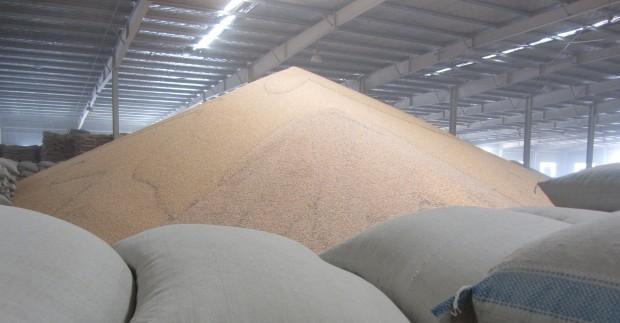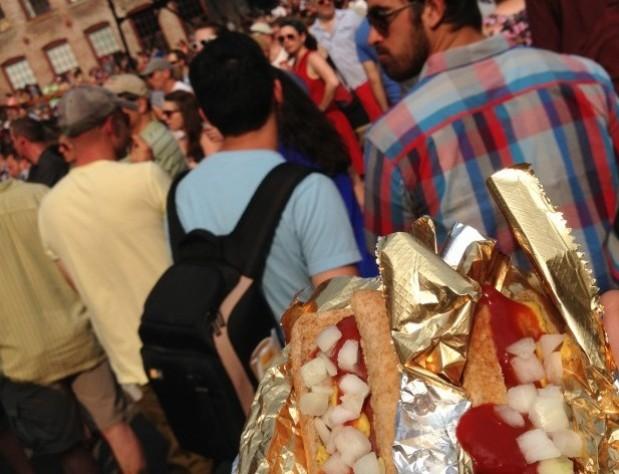What's For Lunch: The Future of Food in a Changing World
The Future of Food in a Changing World. A Special Collaboration Between PRI's The World and Homeland Productions
Foraged lunch: harvesting urban food crops as a hedge against food insecurity
Efforts to make better use of food resources growing within the city are taking root in Seattle. It’s part of a movement to bring urban foraging from the margins to the mainstream as a hedge against food insecurity and climate change.

